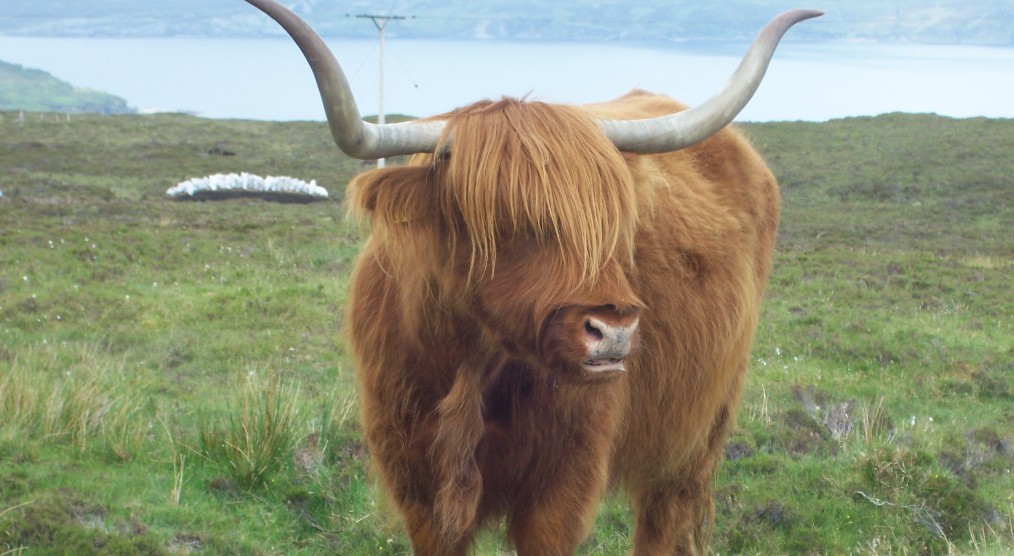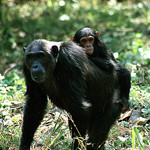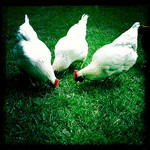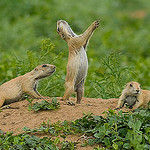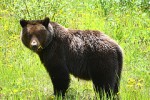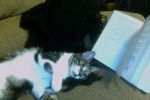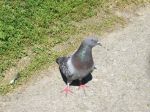The Convenient Lies We Choose To Believe
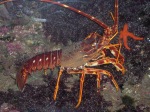 Up until a few decades ago, it was widely accepted that a certain type of mammal was incapable of feeling pain. Their nerve cells were not yet fully developed, people believed, which made it possible to perform operations like open heart surgery without the potential complications of anaesthesia. To suppress the so-called reflex motions these individuals would exhibit–limb thrashing, crying, and the like–medical practitioners would administer strong doses of muscle relaxants to paralyze them. Then, with the patient unable to move but fully conscious, they would begin to operate. Continue reading
Up until a few decades ago, it was widely accepted that a certain type of mammal was incapable of feeling pain. Their nerve cells were not yet fully developed, people believed, which made it possible to perform operations like open heart surgery without the potential complications of anaesthesia. To suppress the so-called reflex motions these individuals would exhibit–limb thrashing, crying, and the like–medical practitioners would administer strong doses of muscle relaxants to paralyze them. Then, with the patient unable to move but fully conscious, they would begin to operate. Continue reading
